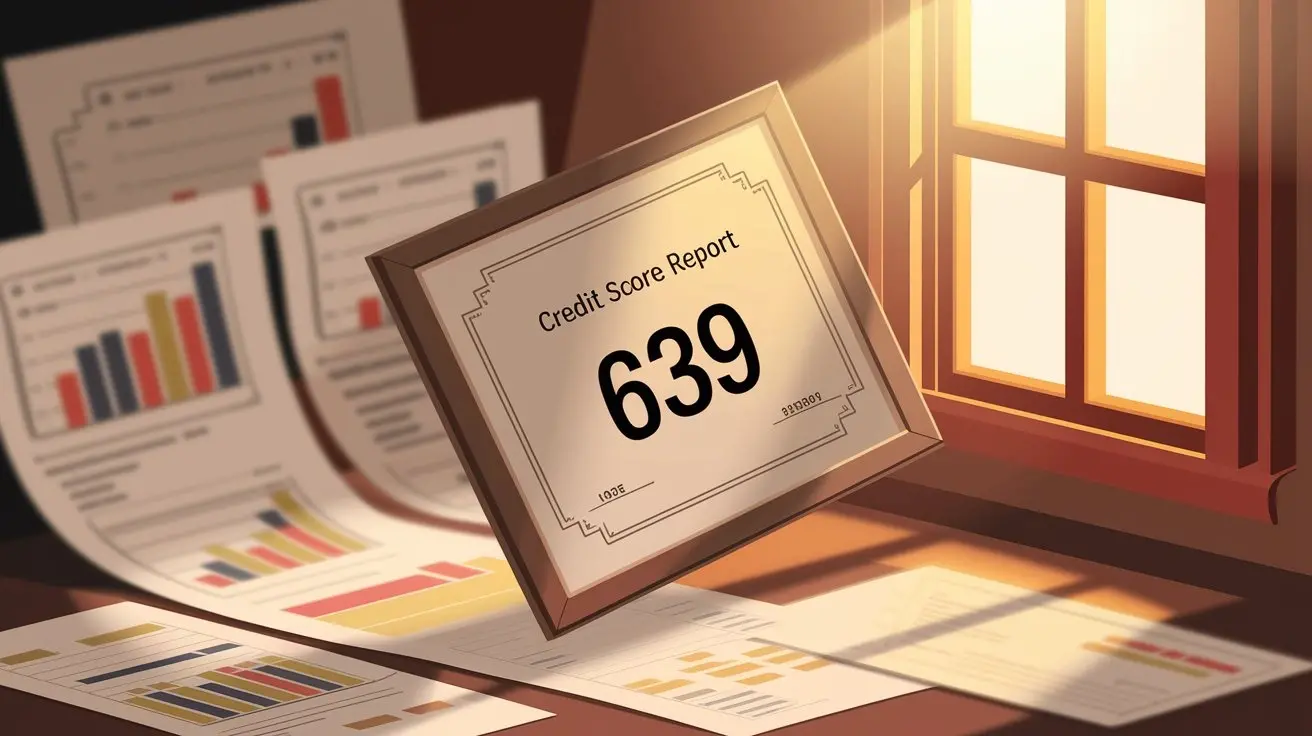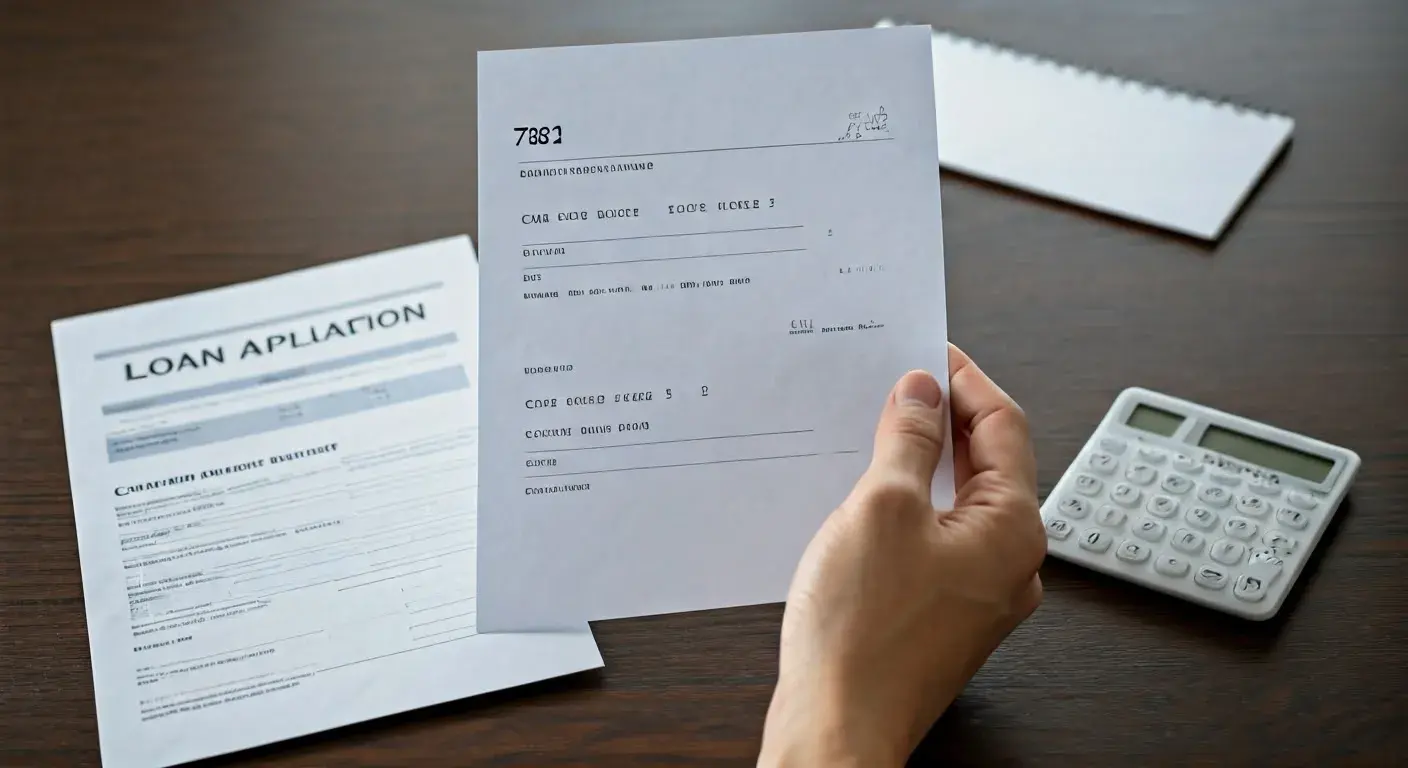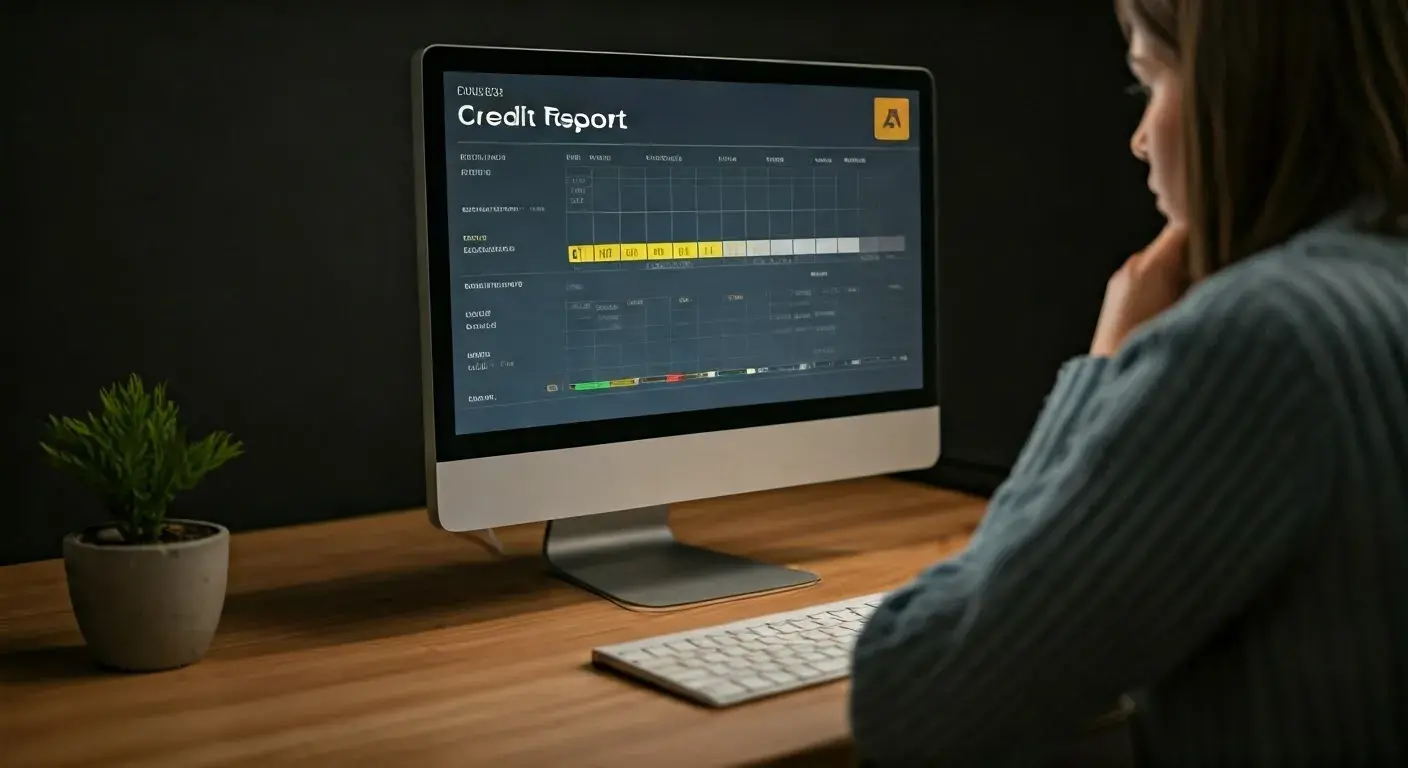-
Posted on: 31 Jul 2024
-
FICO Scores vs VantageScores: Which is Higher
You may have seen that when you checked your credit score there were two or more different numbers. FICO score and VantageScore are two types of credit scores that are most widely used today. But which one is higher most of the time? However, some main differences between these models explain why one score is usually higher than the other.
What is a FICO score?
Designed by Fair Isaac Corporation, FICO Scores are more often used credit score models. There are many FICO scores catered to certain needs. Various FICO scores are designed for different purposes:
- Used by lenders for important credit decisions like mortgage lending, auto loans, and credit cards, FICO Score 8 is the most often occurring one.
- FICO Auto and Bankcard Scores are tailored for certain sectors.
- Although NextGen FICO Score 9 adds new features, FICO 8 is more often used in the market.
- The FICO Score is a credit score between 300 and 850; the borrower presents less credit risk to the lenders the higher their score.
- Your FICO Scores are derived from the data on your credit reports from the three main credit-reporting agencies, Experian, TransUnion, and Equifax.
What Is a VantageScore
The other well-known credit scoring demonstration is the VantageScore which is created by the three primary bureaus that incorporate Experian, Equifax, and TransUnion. Whereas FICO Scores are made for credit scores utilized exclusively within the loaning choice, VantageScores are outlined to be flexible and appropriate to all zones of loaning, credit cards, utilities, and rentals.
The current VantageScore demonstrated is VantageScore 4. 0, with numerical scores from 300 to 850, comparable to FICO. FICO Models is another scoring show similar to Your VantageScore that's inferred from credit report information but components them unexpectedly.
Main differences that affect your grades Because there are many differences between the two, it is important to understand that:
Five main factors contribute to credit scores, though their importance varies by model: They are payment history, credit utilization, credit age and mix, new credit applications, and credit types. Because these categories are calculated and weighted differently, these important differences mean that people will often have a FICO score higher than a Vantage score, or vice versa.
Payment History Differences FICO digs deeper into the degree of lateness of payments made in the past two years. This means that a 30-day late payment is less severe than a 60+-day late payment when it comes to FICO calculations. Unlike other credit score models, VantageScore does not account for such distinctions and all the late payments are detrimental. Hence, if you have a 30-day late payment within the past two years your FICO Score would be better than your Vantage.
Credit Utilization Differences Credit utilization refers to the rate at which you are using your credit limits at any one time. Note that FICO Scores take into account only the repayment amount on each credit card and line of credit. VantageScores considers the overall utilization of all the accounts. Thus, if you have one credit card with the maximum credit limit utilized but you have other cards with low balances, your FICO Score will be higher than your VantageScore because the utilization ratio is lower on each account.
It is also important to note differences in the age of credit history. While VantageScore considers the age of the oldest credit account, FICO takes into account the average age of all credit accounts. For example, if you have one old credit card and have recently applied for a few more cards, your VantageScore may be higher if they are rating you based on your old account only.
Which score is more important? Although some lenders can use the Vantage Scores, FICO Scores are the most used in the making of credit decisions. It is therefore advisable to check your FICO Scores, particularly before applying for mortgages, auto loans, apartments, and credit cards so that you see how lenders perceive your creditworthiness. A common score model is FICO 8 based on Experian data.
However, VantageScores have been adopted widely across credit card firms and fintech firms in the recent past. Each score represents your overall credit risk range within that 300 to 850 scale. However, you might observe disparities in the scores resulting from the different approaches to computing the score that might lead to one score being higher than the other. Tracking both periodically allows you to evaluate the overall state of credit in your credit report.
Why do FICO Scores Appear to be Higher for Most Consumers? As mentioned above some scoring factors such as the treatment of late payments and credit utilization differences mean that FICO Scores are generally higher than VantageScores, as evidenced by the various consumer data comparisons performed by both FICO and VantageScore. Research conducted by FICO in the year 2021 revealed that 80% of the consumers have a higher FICO 8 than VantageScore 3. 0 according to the data obtained from Experian. In the cross-tabulation of Loan amount and FICO score, they found that 13% of people had lower FICOs.
The largest probable cause is the more favorable way FICO treats isolated 30-day late payments compared to VantageScore’s equal treatment of all late payments, irrespective of the degree of delinquency. Such short one-off spikes in payment histories are quite typical. While FICO Scores offer some tolerance for minor derogatory notations that are proven to indicate good behavior again, VantageScore can severely punish lateness.
Also, charging cards to the limit negatively affects VantageScores because of its inclination to assess the usage rate on all accounts. However, having a zero balance on one or more credit cards can neutralize the effect of utilization measurements of the FICO accounts. While there is no debate that a lower credit card utilization ratio is beneficial, VantageScore, unlike FICO, does not allow for any flexibility even when only one credit card is causing high utilization.
However, one credit situation may sometimes result in VantageScores being higher than FICO scores occasionally. For instance, if you only have old credit accounts in your credit report, with positive attributes such as payment history, and the credit utilization ratio is low, then your VantageScore will be boosted by equal to more than the positive factors. Also, credit from lenders employing VantageScore models is getting easier to obtain.
However, credit scores are still favored a little more by more consumers, leading to higher numbers that are more significant in credit decisions. It is important to comprehend these score differences to plan credit management tailored to your circumstances.
Improving Lower VantageScores If your VantageScore is significantly lagging your FICO Score, some strategic credit adjustments may help boost your lower number:
- Always pay all the bills on time or as early as possible since lateness is detrimental to higher VantageScore.
- Reduce the overall utilization below 30% – this reduces the overall balances on the cards which VantageScore considers significantly.
- Use new credit sparingly – additional hard inquiries and newly opened credit accounts reduce VantageScores more at the start.
- Maintain credit history length – keep accounts active as this will benefit from length as VantageScore recognizes this.
Fortunately, the use of credit to achieve optimal FICO Scores is also good for VantageScore's responsibility. However, focusing on the disproportionate contribution of such factors as reducing total utilization and not only the utilization of individual cards can help make the growth of VantageScore correspond to benevolent FICO changes.
Thus, higher VantageScores are always valuable when it comes to increased opportunities to receive credit, however, the FICO score is most relevant for significant credit demands. An overall optimized credit strategy will lay a good foundation for credit excellence.
Call now for expert credit repair services: (888) 803-7889
Read More:
How much would a $50,000 personal loan cost per month?
What is a perfect credit score to buy a house?
Can I check my credit score without ruining it?
How much loan can I get with a 650-credit score?
What credit score do you start with?
- Used by lenders for important credit decisions like mortgage lending, auto loans, and credit cards, FICO Score 8 is the most often occurring one.




